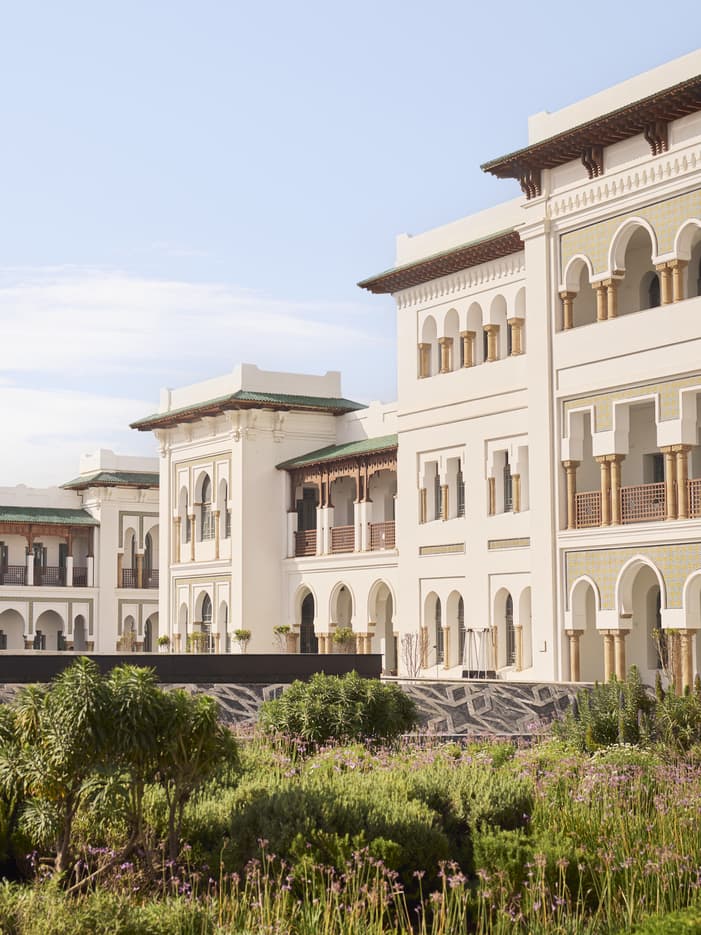Originally built in the 18th century as a summer residence for Sultan Moulay Slimane, Kasr Al Bahr – known as the Palace by the Sea – has become an iconic landmark in Morocco’s capital city. From its perch overlooking the glittering Atlantic Ocean, the sprawling complex played a vital role in Rabat’s rich history as a royal residence and a famed military hospital. Today, it’s home to Four Seasons Hotel Rabat at Kasr Al Bahr, ushering in a new era of modern luxury and glamour. Embark on a journey of discovery at our Hotel as you explore this curated selection of historical highlights.

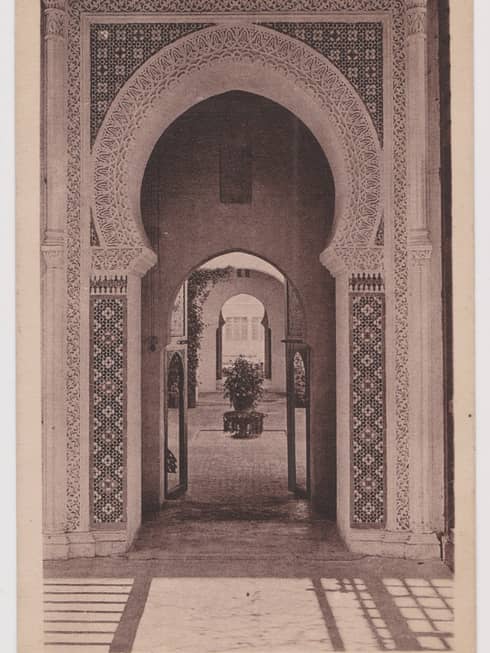 1792–1799
1792–1799A ROYAL RETREAT
Moulay Slimane bin Mohamed was proclaimed sultan and ruler of Morocco’s Alawi dynasty in 1792. Kasr Al Bahr, or the Palace by the Sea, was built from 1792 to 1799 to be the sultan’s summer residence and became a popular royal retreat. Moorish architectural elements such as domed rooftops, arched doorways and fountained courtyards are still on display throughout the Hotel today.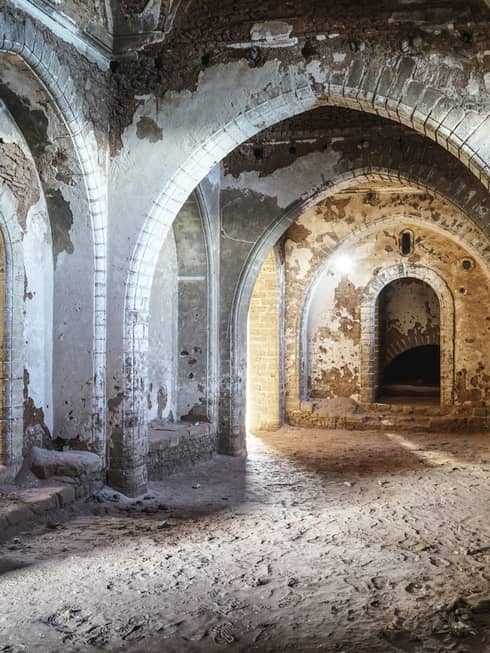 1879
1879EXPANSION OF THE PALACE
Sultans continued to use the palace as a summer residence, making the most of its prime position on a cliff overlooking the Atlantic. The palace complex was expanded in 1879 by Sultan Moulay Hassan I, who reigned from 1873 to 1894 and is credited with maintaining Morocco’s independence as neighbouring regions fell under European influence. Seek out the Hotel’s Cigar Bar, tucked away within the palace’s oldest building (built in 1879 by the sultan as a reception hall for his guests), for fine cigars, rare cognacs and whiskies, and a true taste of the Hotel’s history.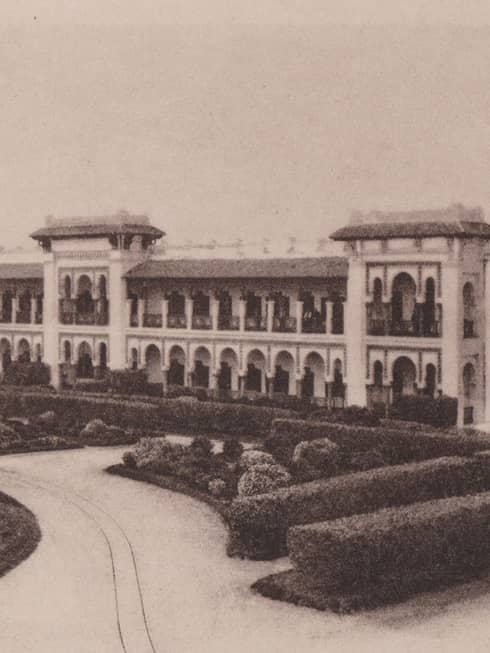 1907
1907A HISTORIC MEETING
Kasr Al Bahr was the setting for the early stages of France’s involvement in Morocco, when Sultan Moulay Abdelaziz welcomed a delegation led by French Ambassador Eugene Regnault and Hubert Lyautey, commander of the Oran region. This helped pave the way for the French Protectorate in 1912, with Rabat as its administrative centre. The French influence can still be seen in the fountains and buildings along Avenue Mohammed V in Ville Nouvelle, Rabat’s modern quarter, designed by French architect Henri Prost in 1915.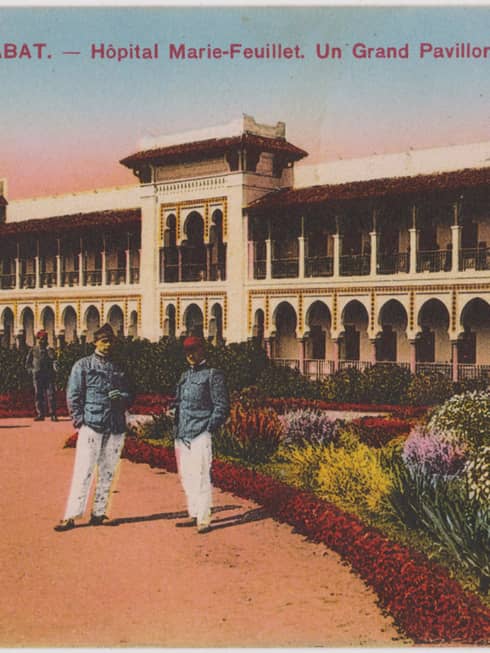 1912
1912A PLACE OF HEALING
Officials soon realized Rabat’s sole healthcare facility, Sidi Fatah in the heart of the old city, could not meet the growing demand. Kasr Al Bahr was converted into a military hospital for French forces. It was later renamed in honour of Marie Feuillet, a French nurse who helped establish the hospital and bring medical training to Morocco’s most remote areas before dying of typhoid fever in 1912. Marie-Feuillet Hospital became the flagship for military medical facilities in North Africa.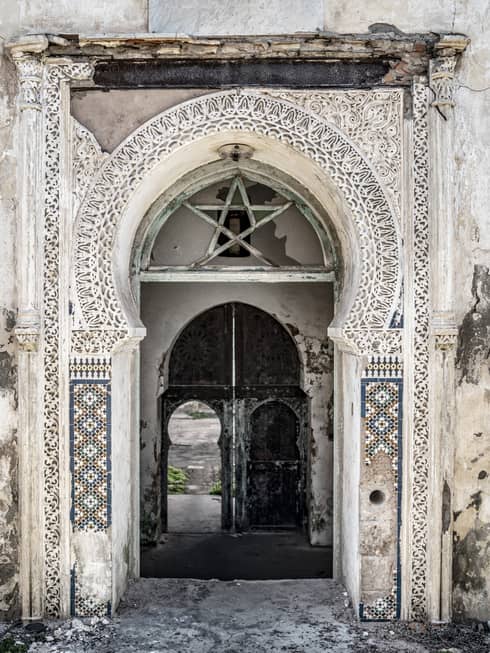 1912–1999
1912–1999A CENTRE OF CARE
For more than 80 years, Marie-Feuillet Hospital played a crucial role in providing care for both members of the military and civilians, treating injured soldiers and providing specialized care in times of conflict and during peacekeeping missions. Over the years, the hospital evolved into a teaching institution, offering medical education and training and collaborating with other hospitals and universities.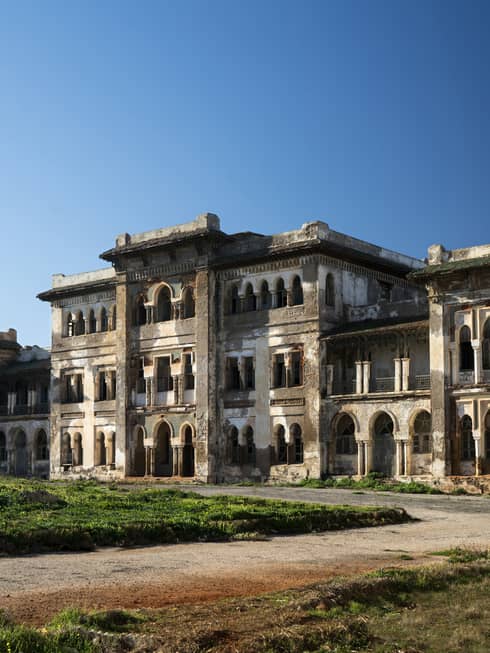 1999
1999THE END OF AN ERA
Marie-Feuillet Hospital was decommissioned in 1999, and the Military Hospital of Rabat was relocated to the Riad district, where it continues to serve as a vital healthcare facility for Morocco’s armed forces. Kasr Al Bahr sat empty until 2016, when planning began to turn the landmark location into a new hotel.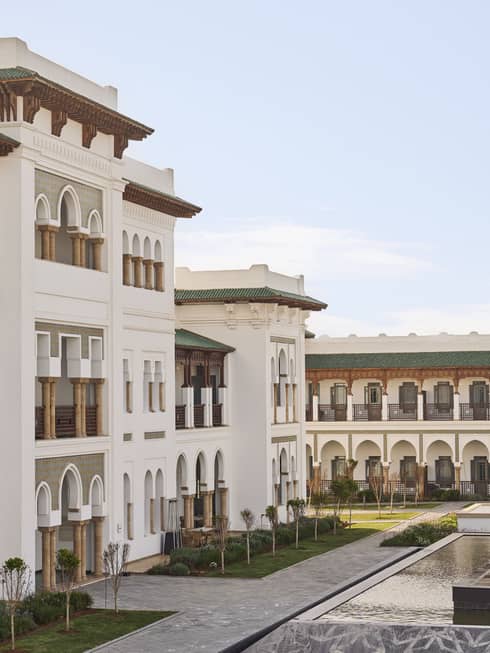 2024
2024HISTORY REIMAGINED
Four Seasons has breathed new life into this historic property, capturing the cultural essence of Moroccan art deco while infusing modern touches such as clean lines, minimalist furnishings, and natural materials such as wood, stone and marble. Encompassing 5 hectares (12 acres), the new Four Seasons Hotel Rabat at Kasr Al Bahr includes 11 buildings – six historic and five brand new – surrounded by palm, olive and citrus trees. Just minutes from the heart of Rabat – and named a UNESCO World Heritage Site – explore historic and cultural hubs, including the old town Medina and the Andalusian gardens of the Kasbah of Oudayas. Experience a lifestyle of royal luxury with a stay in the Hotel’s Sultan’s Riad suite: Set within the sultan’s original residence, the lavish three-bedroom riad is spread over two floors, with stunning Atlantic Ocean views from the terrace.
